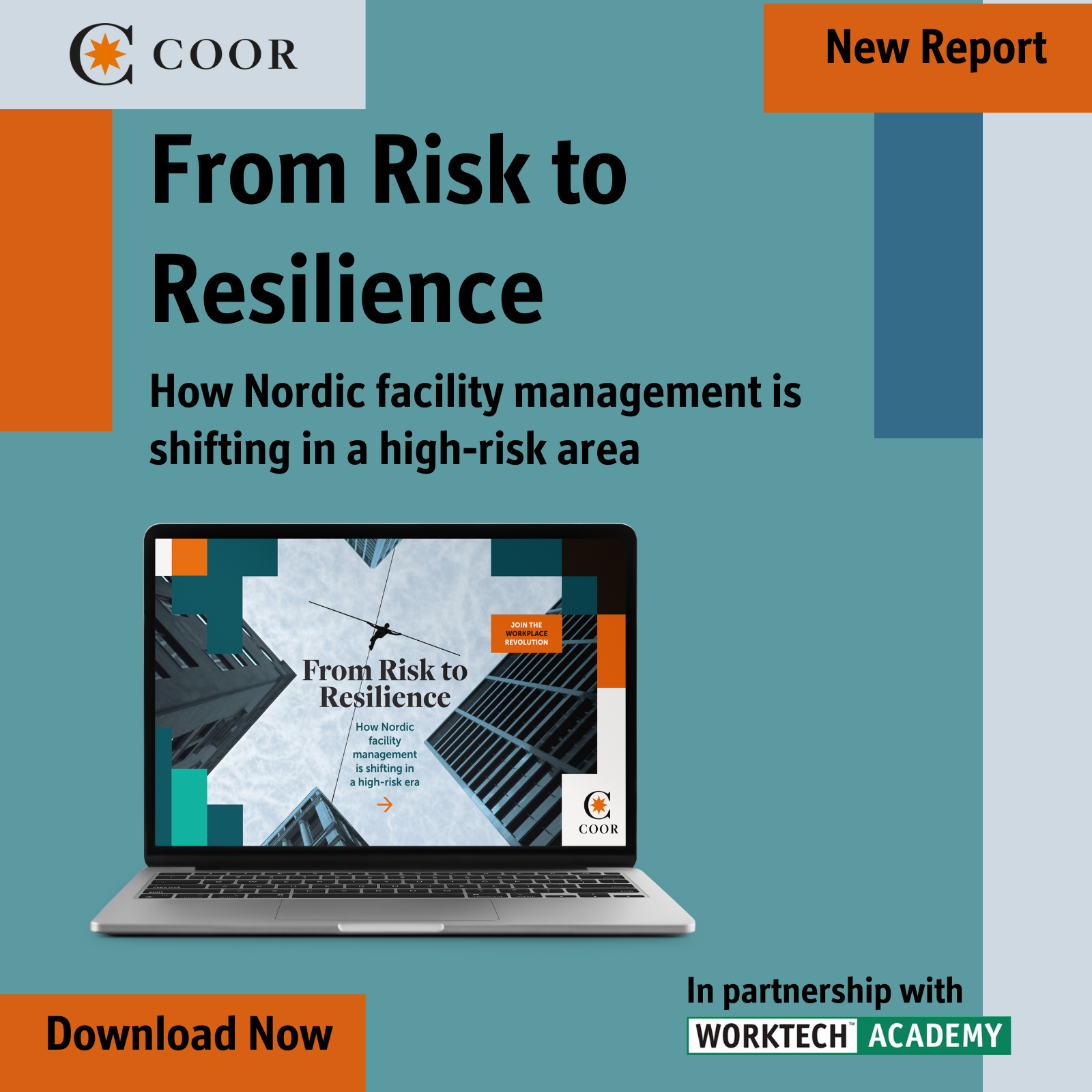The convergence era: ten emerging technologies reshaping work
From collaborative sensors to AI verification, the World Economic Forum’s annual review spotlights breakthrough technologies where scientific progress meets real-world application
Each year, the World Economic Forum (WEF), in collaboration with scientific journal Frontiers, identifies 10 technologies that are poised to radically transform our world over the next three to five years. The 2025 edition marks a turning point of convergence, in which fields like biotech, clean energy, AI, and sensor networks are beginning to overlap, amplify one another, and scale across industries.
These technologies aren’t arriving in silos. They are systemic by design: tools for synchronised infrastructure, embedded sensing, decentralised health, and low-carbon production. From collaborative AI to zero-fossil fertiliser, the list reflects a shift in technological ambition toward holistic impact across human and environmental systems.
For the future of work, this convergence signals more than new gadgets or platforms. It points to an organisational reckoning: how can workplace leaders, technologists and designers futureproof their strategies in a world where the boundaries between physical, biological, and digital systems are dissolving?
Below, we unpack the ten technologies reshaping the conditions in which tomorrow’s work will unfold, and highlight why they matter now:
Collaborative sensing
Networks of IoT sensors embedded in vehicles, infrastructure and emergency services can collectively detect hazards, reduce traffic and respond faster to incidents. In the workplace, similar networks could improve environmental monitoring, logistics and safety across sites.
Generative watermarking
As synthetic content floods digital channels, imperceptible watermarks embedded in AIgenerated media help verify authenticity. For workplaces experimenting with AI in training, comms or research, this will be key to maintaining trust.
Green nitrogen fixation
A renewable alternative to fossil-fuel-based fertiliser production could radically reduce agricultural emissions. This signals a wider movement toward industrial decarbonisation and circular innovation within supply chains.
Nanozymes
Nanozyme are synthetic enzyme-like materials that are more stable, cheaper and scalable than biological enzymes. They could streamline diagnostics, environmental remediation and industrial processing – impacting biotech, healthcare and materials science sectors.
Engineered living therapeutics
Engineered living therapeutics are modified microbes capable of targeting and treating disease within the human body. This opens a new frontier in decentralised and preventive healthcare.
GLP1s for neurodegenerative diseases
Originally used to treat diabetes, GLP1 receptor agonists now show potential to slow Alzheimer’s and Parkinson’s. With an ageing workforce, this could reshape long-term care and workplace health planning.
Autonomous biochemical sensing
Autonomous biochemical sensing leverage miniature sensors that continuously monitor physiological and environmental signals – without manual input. These could be used for workplace air quality control, chemical detection or personal wellbeing monitoring.
Structural battery composites
Materials that double as energy storage and load-bearing components. Think building facades, transport panels or furniture that store power – offering new design opportunities for energy-conscious smart environments.
Osmotic power systems
By harnessing energy from the salinity gradient between saltwater and freshwater, these systems offer a clean, steady power source.
Advanced nuclear technologies
Next-gen small modular reactors (SMRs) provide scalable, safer nuclear energy. These could power energy-intensive facilities, reducing dependence on fossil fuel grids.
Together, these technologies form the scaffolding of a more intelligent, resilient and responsive world, one in which workplaces become nodes in a broader ecosystem of sensing, healing and sustainable performance. As these technologies emerge into real-world application, the challenge is to harness them to create better environments for work, life and health.








